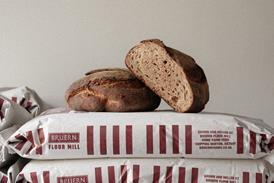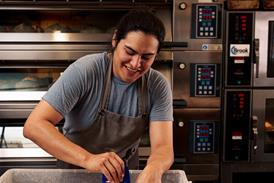Coronavirus: Answers to key food industry questions

Martin D’Agostino, virology section manager at Campden BRI, answers some of the key questions bakers and other food suppliers may have over the coronavirus pandemic.
To continue reading, register for free
You are what you read, registration is quick, easy and free. Just click register now and you’ll be finished faster than it takes you to butter a crumpet!
Don’t miss out:
- Unlimited access to content
- Regular newsletters to your inbox
- Save articles to read later on
- A more personalised experience
Already registered? Please log-in here


















